

Shamshad (Sam) Ansari is an author, inventor, and thought leader in the fields of computer vision, machine learning, artificial intelligence, and cognitive science. He has extensive experience in high scale, distributed, and parallel computing. Sam currently serves as an Adjunct Professor at George Mason University, teaching graduate- level programs within the Data Analytics Engineering department of the Volgenau School of Engineering. His areas of instruction encompass machine learning, natural language processing, and computer vision, where he imparts his knowledge and expertise to aspiring professionals.
Having authored multiple publications on topics such as machine learning, AI, RFID, and high-scale enterprise computing, Sam’s contributions extend beyond academia. He holds four US patents related to healthcare AI, showcasing his innovative mindset and practical application of technology.
Throughout his extensive 20+ years of experience in enterprise software development, Sam has been involved with several tech startups and early-stage companies. He has played pivotal roles in building and expanding tech teams from the ground up, contributing to their eventual acquisition by larger organizations. At the beginning of his career, he worked with esteemed institutions such as the US Department of Defense (DOD) and IBM, honing his skills and knowledge in the industry.
Currently, Sam serves as the President and CEO of Accure, Inc., an AI company that he founded. He is the creator, architect, and a significant contributor to Momentum AI, a no-code platform that encompasses data engineering, machine learning, AI, MLOps, data warehousing, and business intelligence. Throughout his career, Sam has made notable contributions in various domains including healthcare, retail, supply chain, banking and finance, and manufacturing. Demonstrating his leadership skills, he has successfully managed teams of software engineers, data scientists, and DevSecOps professionals, leading them to deliver exceptional results. Sam earned his bachelor’s degree in engineering from Birsa Institute of Technology (BIT) Sindri and subsequently a Master’s degree from the prestigious Indian Institute of Information Technology and Management Kerala (IIITM-K).
Available For: Advising, Authoring, Consulting, Influencing, Speaking
Travels From: Centreville, VA
Speaking Topics: Machine Learning, AI, Generative AI, SecureGPT, Computer Vision, Democratizing AI
| Shamshad Ansari | Points |
|---|---|
| Academic | 25 |
| Author | 188 |
| Influencer | 50 |
| Speaker | 0 |
| Entrepreneur | 180 |
| Total | 443 |
Points based upon Thinkers360 patent-pending algorithm.
 Potential for Using Deep Learning for Digital-Twin System Validation Testing
Potential for Using Deep Learning for Digital-Twin System Validation Testing
Tags: AI, Digital Twins
 Handwritten Signature Extraction and Matching
Handwritten Signature Extraction and Matching
Tags: AI, Digital Twins, Generative AI
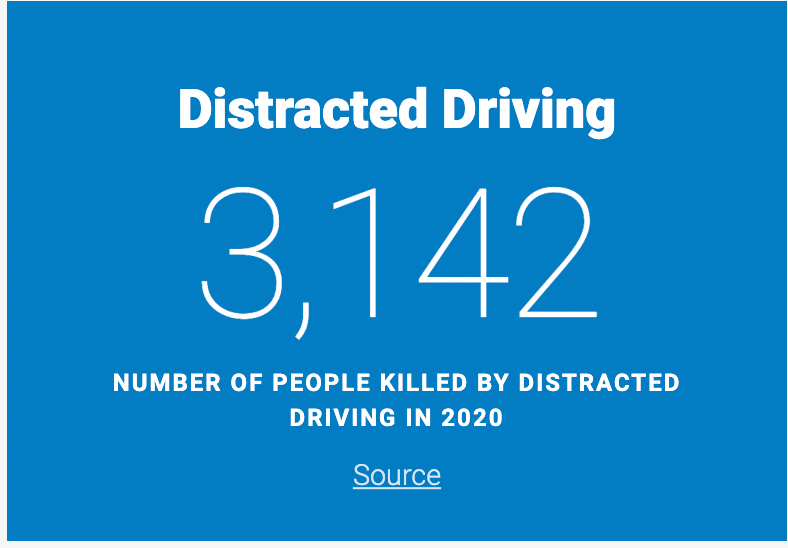 How to Train YOLO Model to Detect Distracted Drivers
How to Train YOLO Model to Detect Distracted Drivers
Tags: AI, Digital Twins, Generative AI
 Impulse Data Warehousing and OLAP Solution Outperforms Google BigQuery by 3x
Impulse Data Warehousing and OLAP Solution Outperforms Google BigQuery by 3x
Tags: AI, Digital Twins, Generative AI
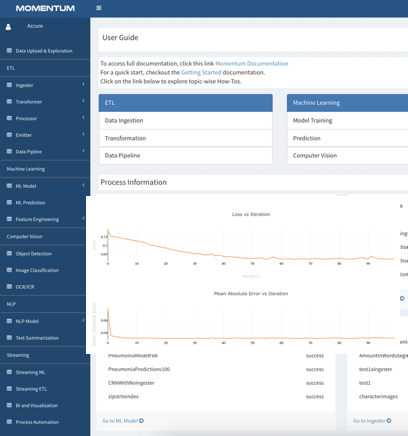 Accelerate Data Science, AI and Process Automation With Momentum
Accelerate Data Science, AI and Process Automation With Momentum
Tags: AI, Digital Twins, Generative AI
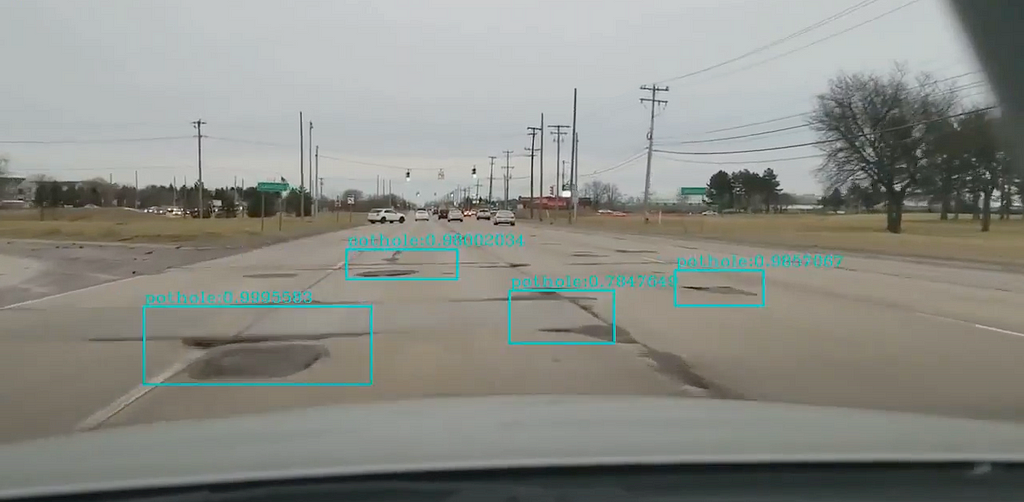 Building A Realtime Pothole Detection System Using Machine Learning and Computer Vision
Building A Realtime Pothole Detection System Using Machine Learning and Computer Vision
Tags: AI, Digital Twins, Generative AI
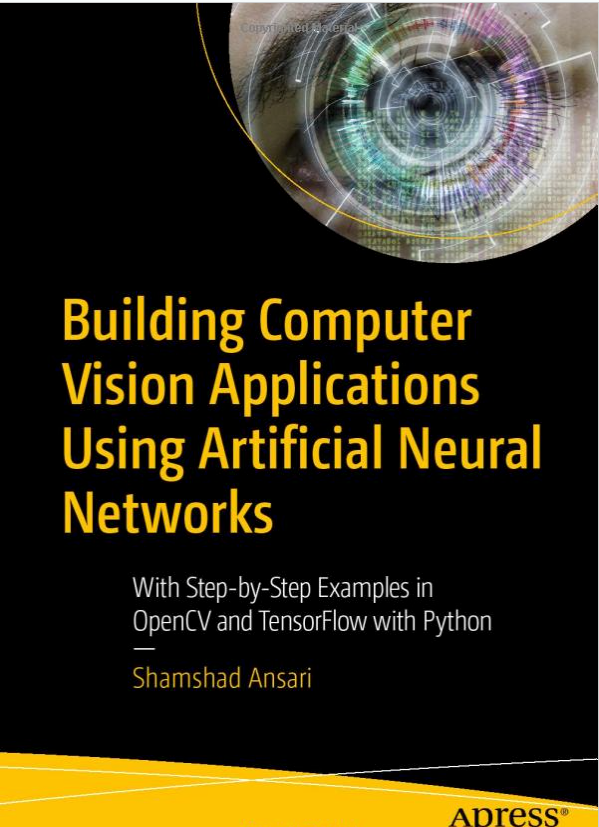 Getting Started with Computer Vision with Machine Learning
Getting Started with Computer Vision with Machine Learning
Tags: AI, Digital Twins, Generative AI
Tags: AI, Digital Twins, Generative AI
 From Concept to Creation: Building Data Science and AI Solutions Without Coding: A Practical Guide for Non-Programmers, Subject Matter Experts, Engineers, Students, and Analysts
From Concept to Creation: Building Data Science and AI Solutions Without Coding: A Practical Guide for Non-Programmers, Subject Matter Experts, Engineers, Students, and Analysts
Tags: AI, Big Data, Predictive Analytics
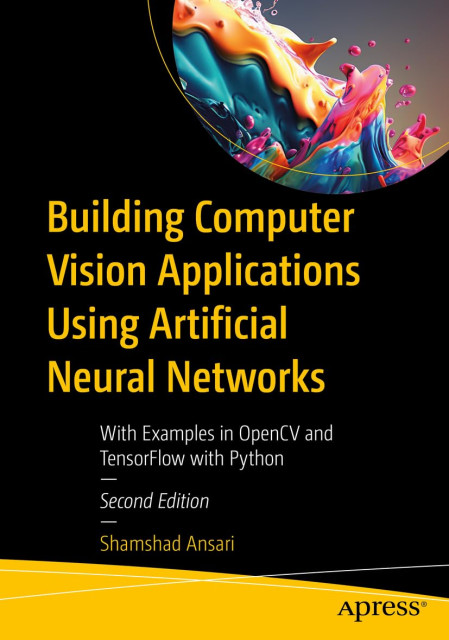 Building Computer Vision Applications Using Artificial Neural Networks: With Examples in OpenCV and TensorFlow with Python 2nd ed. Edition
Building Computer Vision Applications Using Artificial Neural Networks: With Examples in OpenCV and TensorFlow with Python 2nd ed. Edition
Tags: AI
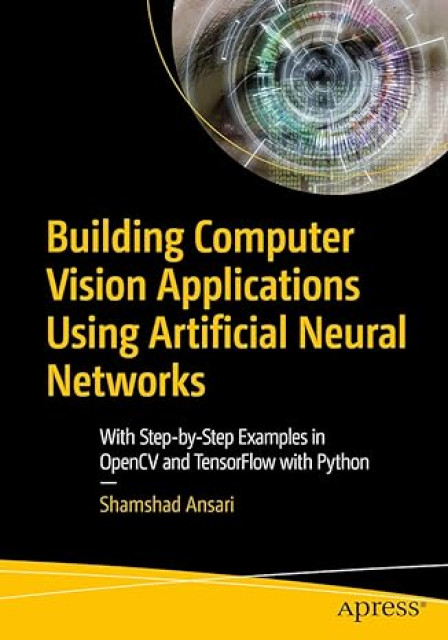 Building Computer Vision Applications Using Artificial Neural Networks: With Step-by-Step Examples in OpenCV and TensorFlow with Python 1st ed. Edition
Building Computer Vision Applications Using Artificial Neural Networks: With Step-by-Step Examples in OpenCV and TensorFlow with Python 1st ed. Edition
Tags: AI
 Accure Inc.
Accure Inc.
Tags: Agentic AI, Agile, Analytics
Tags: IoT, Supply Chain
Patent Number 20230335298
Tags: AI, Analytics, Big Data
Patent Number 20230197291
Tags: AI, Analytics, Big Data
Patent Number 9639662
Tags: AI, Analytics, Big Data
Patent Number 10176541
Tags: AI, Analytics, Big Data
 Is Your Multi-Platform Approach to Data and AI Costing You More Than It's Delivering?
Is Your Multi-Platform Approach to Data and AI Costing You More Than It's Delivering?
In an era where efficiency and agility are paramount, should CIOs and CTOs reevaluate whether their multi-platform approach to data and AI is a strategic asset or a costly liability?
CIOs and CTOs have the opportunity to lead their organizations toward a more streamlined, unified, and efficient future by consolidating their platform footprints. The question isn’t just about reducing costs but about unlocking innovation, improving scalability, and staying ahead of the competition. A single, comprehensive platform could be the key to transforming inefficiencies into opportunities and empowering teams to focus on what truly matters—driving business value and staying competitive in the age of AI.
Tags: AI, Big Data, Generative AI